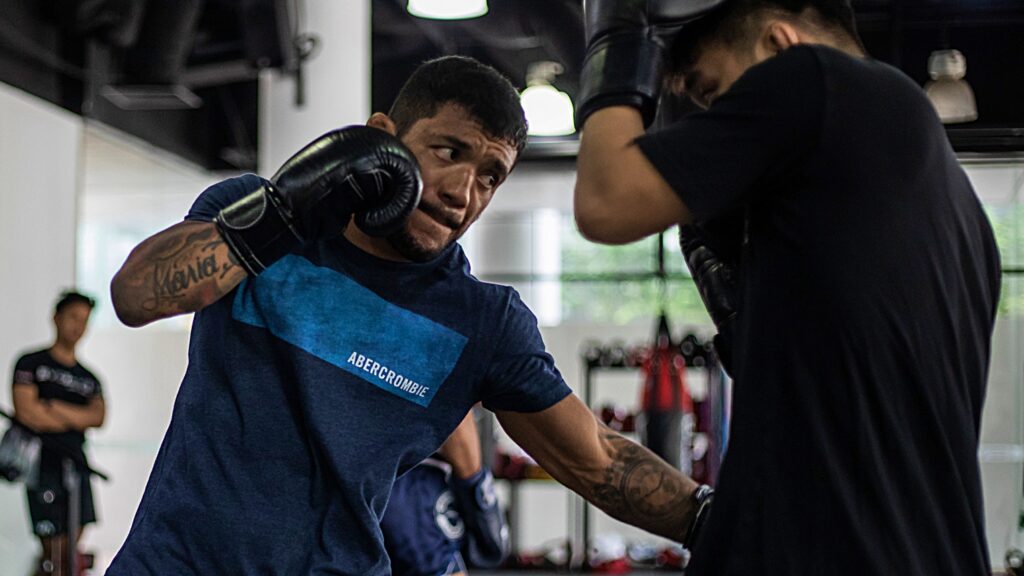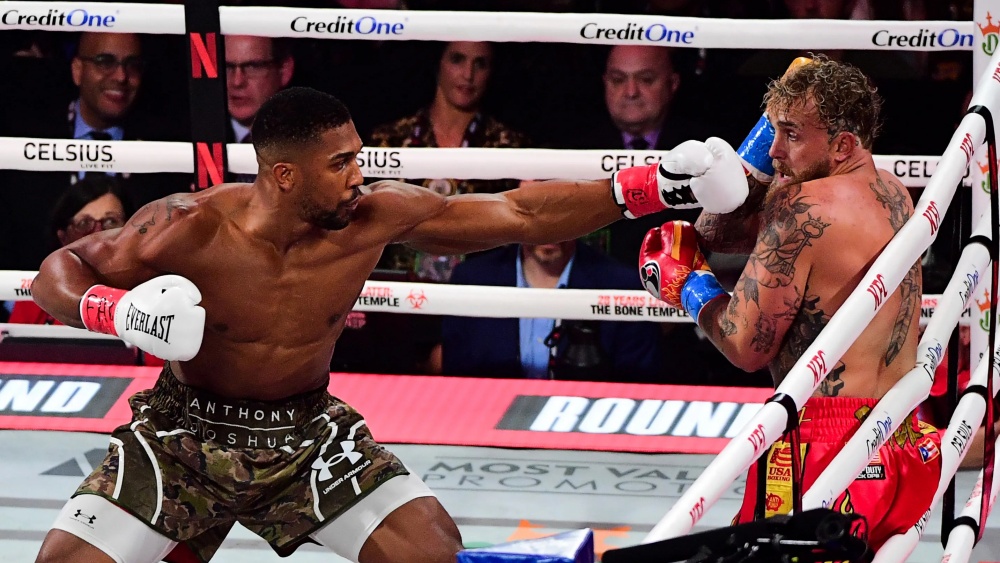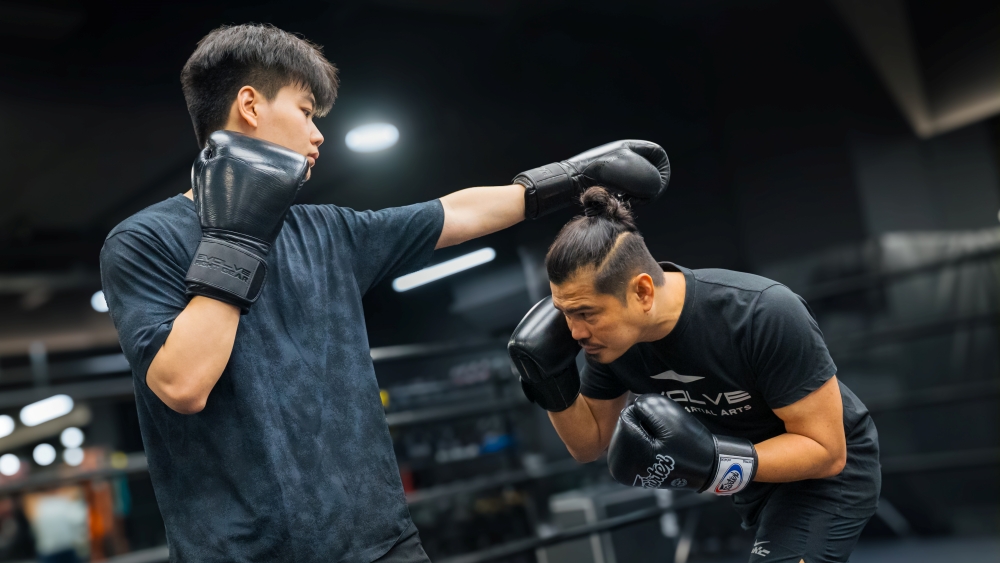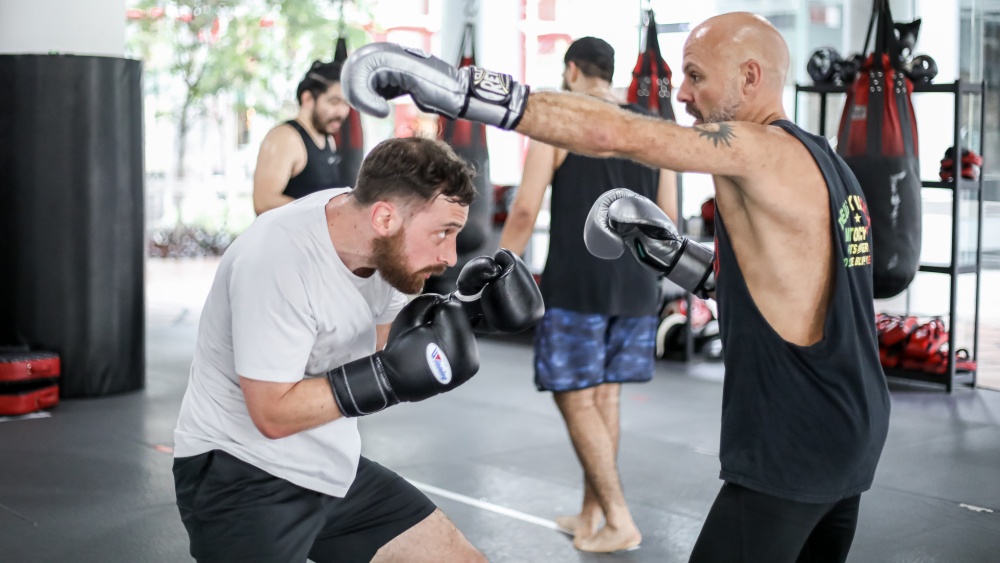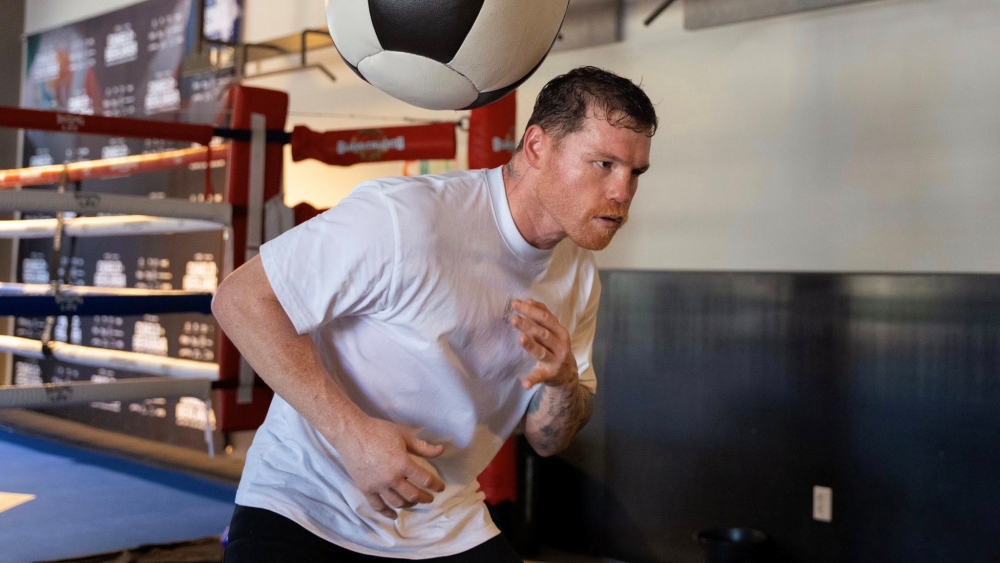Counterpunching is somewhat of a lost art in boxing. While fans and judges alike gravitate towards fighters who come forward and lay it all out on the line, boxing wouldn’t be called the ‘sweet science’ without its counter punchers. These masters paint a canvass of artistry with their unique counterpunch combinations and tactics. Boxers such as Floyd Mayweather Jr and Juan Manuel Marquez are counterpunching masters who have honed their timing and technique through hours and hours of practice in the boxing gym.
If you take your boxing seriously, you should be adding counterpunching to your game. Once you have the basics of punching and offense down, you can then focus on honing your counterpunching skills and techniques. These can be developed through mitt work, sparring, and shadowboxing.
In fact, counterpunching is an essential part of your game, and should play a major role in your training through advanced stages. Once you have your counter game on point, you’ll have an answer to every situation in the ring.
There are, however, certain counterpunch combinations that are more effective than others. If you don’t know where to start, then you’ve come to the right place. Here you’ll find some useful techniques.
We’ve come up with a short list of counterpunch combinations you can work on in training and apply to your game.
Today, Evolve Daily shares five boxing counter combinations you can add to your game.
1) Overhand, Hook
This simple two-punch counter is thrown in anticipation of an opponent’s jab.
Try to pay attention to certain habits when your opponent throws the jab. Maybe your opponent telegraphs the jab with his footwork or gives clues with slight shoulder movement. Perhaps your opponent cocks the jab before throwing it.
The point is to discover habits your opponent has that could be giving away the jab. This is important because you need to anticipate when your opponent throws it, in order for this counter to be effective.
You will want to time your overhand so that it is thrown on top of your opponent’s jab simultaneously. This will give you the highest success rate. Once the overhand connects, throw the lead hook just behind it.
This is a great counter combination that involves two devastating power shots. If you can connect cleanly, it can stagger your opponent, or you can even score a knockdown.
2) Step Back, Straight, Uppercut
This second combination will require sound footwork, particularly a quick step back movement to exit just outside of an opponent’s range.
This will also require a good read on your opponent’s offense, as are all counterpunch combinations. Just the same as before, use this particular counter in anticipation of an opponent’s jab.
As soon as your opponent initiates the jab movement, quickly execute the step back, tilting your torso back if needed in order to fully evade the punch. Sometimes this will mean you avoid getting hit just by an inch. With counterpunching, there is a certain amount of risk involved.
A Home HIIT Workout That Will Level Up Your Boxing https://t.co/Fhp5Gb3JSI #EvolveMMA #Boxing pic.twitter.com/Fla11UDOce
— Evolve MMA (@EvolveMMA) May 19, 2020
After successfully pulling back, counter with a quick sharp straight, followed by an uppercut with the lead hand.
It’s a tough counter to get right, but if it connects, it is powerful enough to end a bout instantly. The straight alone is strong enough to stagger your opponent, and if you can land the uppercut too, it could mean lights out.
3) Jab/Feint, Pull Jab, Straight (Pull Counter)
This next combination will use the all-important feint.
Feinting is another of boxing’s lost arts. It gives you the ability to bait your opponent into a certain movement, giving you an opening to capitalize on. In this case, you want your opponent to throw the jab, so you will either use your jab, or a jab feint to draw that motion.
Once your opponent executes the jab, you need to pull your head back in evasion, and then counter with the straight/cross. This is commonly called the pull counter, and it’s effective because opponents have a hard time reading it. The straight comes out of nowhere and has the ability to disorient opponents with a dizzying shot to the chin or forehead.
This counter does take quite some time to get right, however, so you’ll need to practice the motions constantly. Being able to anticipate your opponent’s jab and pull your head back also involves a lot of practice.
4) Check Hook, Straight/Uppercut
The check hook is one of the most effective counters against aggressive opponents who like to come forward. Throwing the straight or uppercut right behind adds a great follow up shot.
Some opponents like to charge in behind their combinations, often moving forward aggressively. In these situations is where the check hook absolutely shines. Simply take a step back as your opponent is moving forward, to come just out of punching range, and then unleash a sharp lead hook.
It will cause a staggering effect on your opponent, which you will then follow up with either a straight or an uppercut.
5 Boxing Exercises That Will Get You In Incredible Shape During The Circuit Breaker Lockdown https://t.co/Sp6wkdV3Hk #EvolveMMA #Boxing pic.twitter.com/uKMK4XkoiX
— Evolve MMA (@EvolveMMA) May 10, 2020
The straight carries the least amount of risk and does considerable damage. But if you’re looking for a fight-ending shot, the uppercut is also open for the taking, although you do risk getting countered if you miss.
This combination will get your opponent thinking twice about charging in recklessly and is a good way to deal with aggressive fighters.
5) Roll Under, Hook To The Body, Twin Hooks To The Head
Last but not least, this combination is a complex one but very effective if you can pull it off.
This involves rolling under your opponent’s lead hook, and then throwing your lead hook to the body in a simultaneous, fluid motion. The rear hook to the head is next in the sequence, followed by another lead hook to the head. This three-hook combination is incredibly effective, and will stop any opponent not ready for it.
The entire sequence is predicated on your ability to anticipate and roll under your opponent’s lead hook. Bobbing and weaving is the ideal training for this combination, as rolling under an opponent’s punches takes a lot of practice.
The hook to the body will suck the wind out of your opponent, leaving him unprepared to absorb the twin hooks to the head. If executed properly, you could have a fight-ending counter combination on your hands.
If you found this article interesting, here are some others that you may enjoy:
